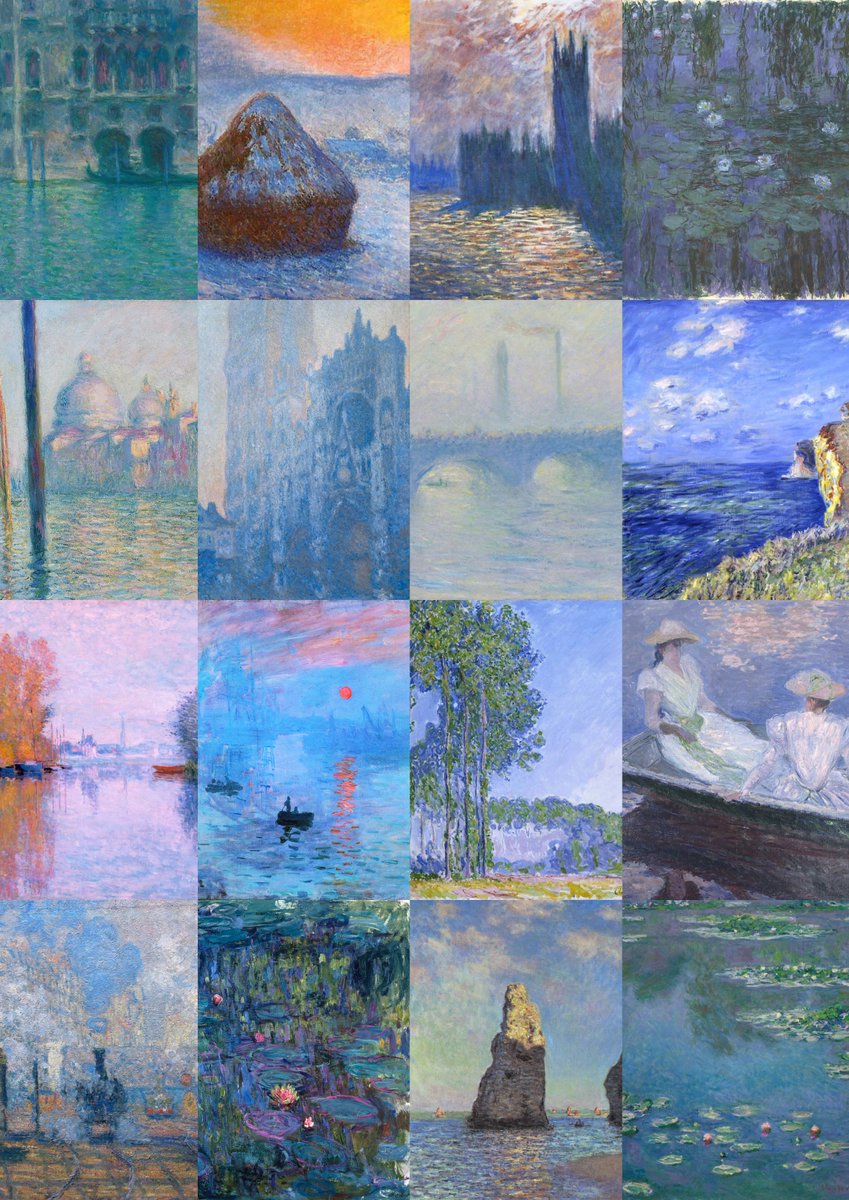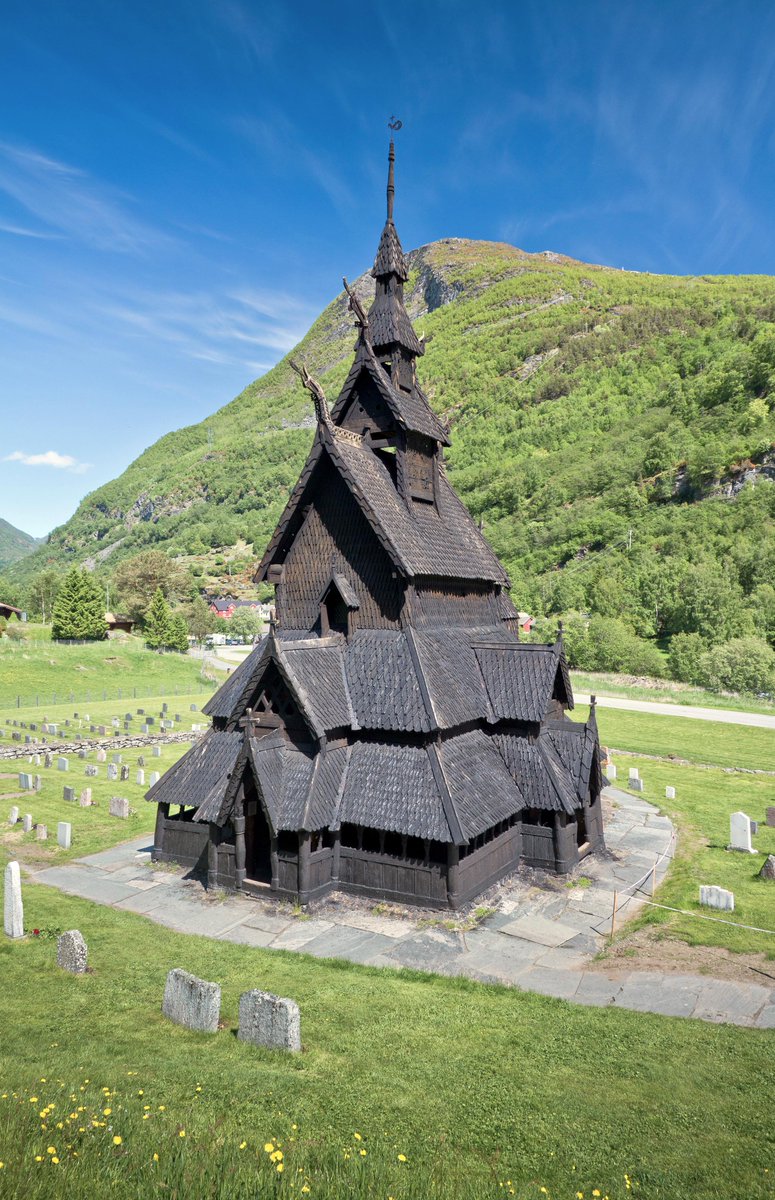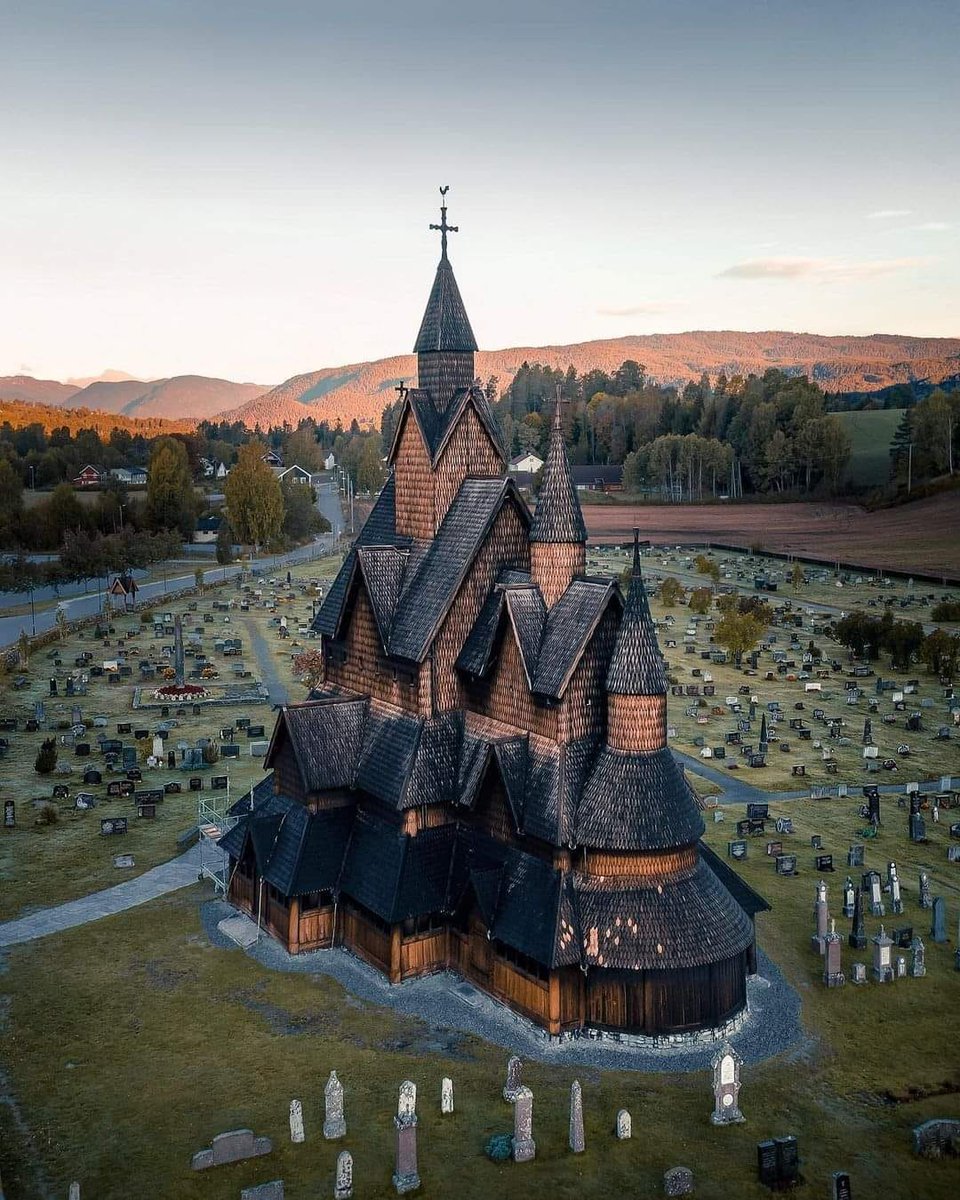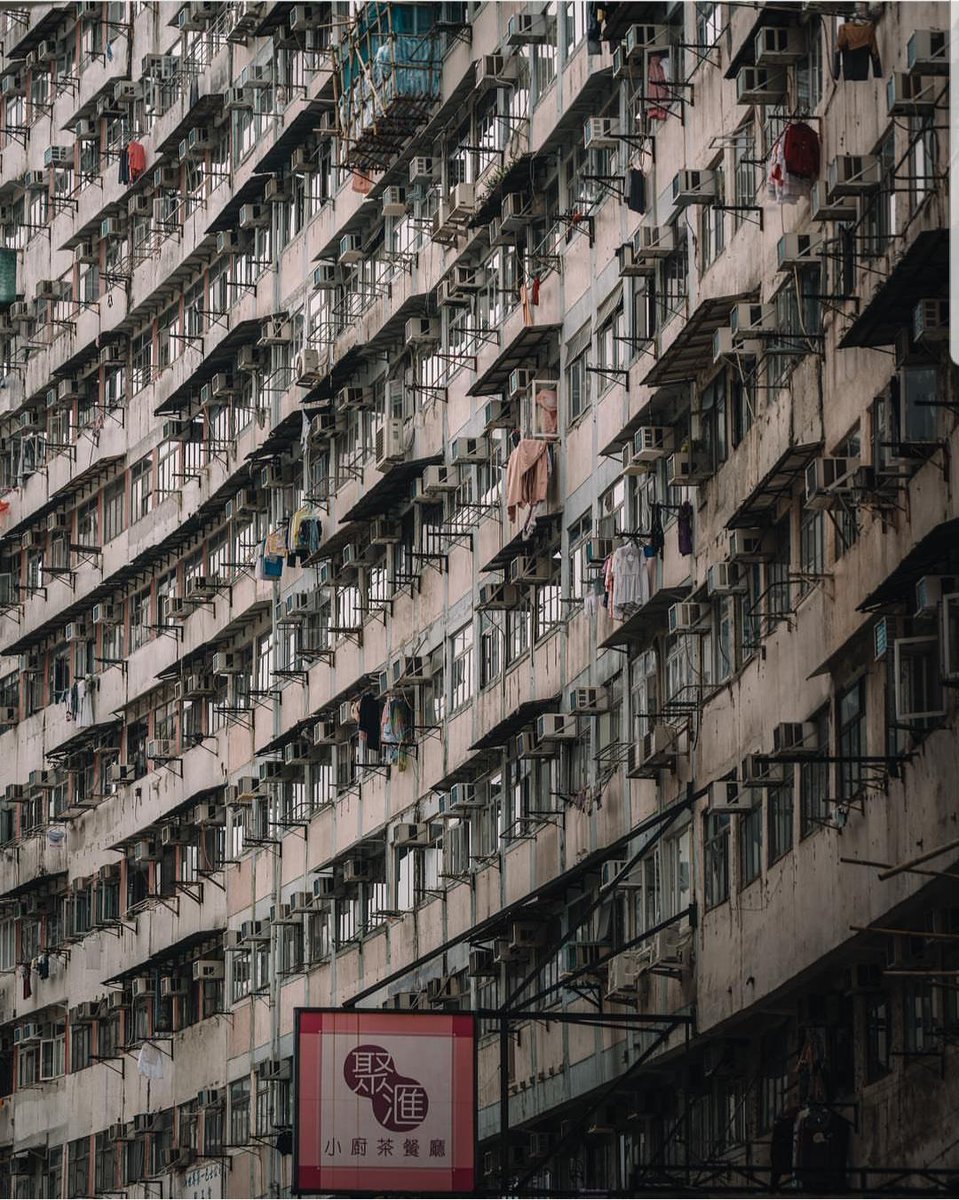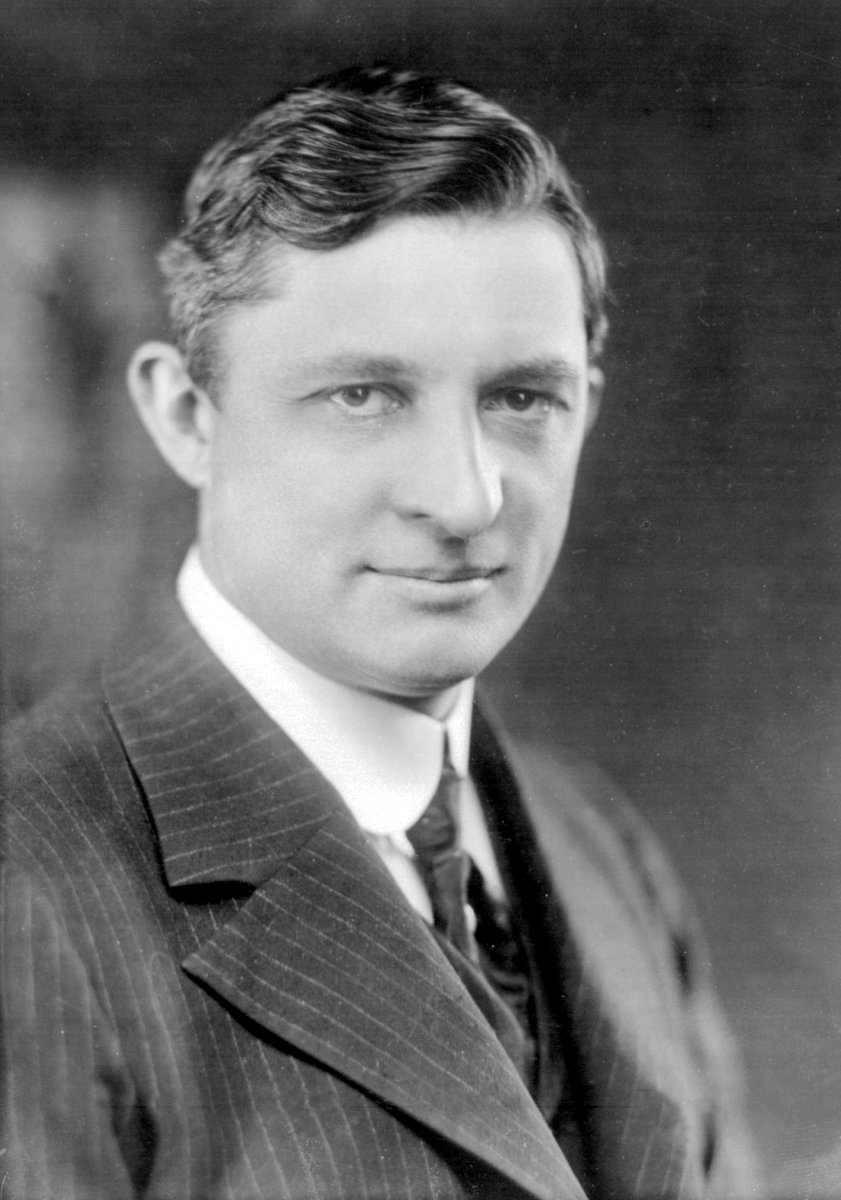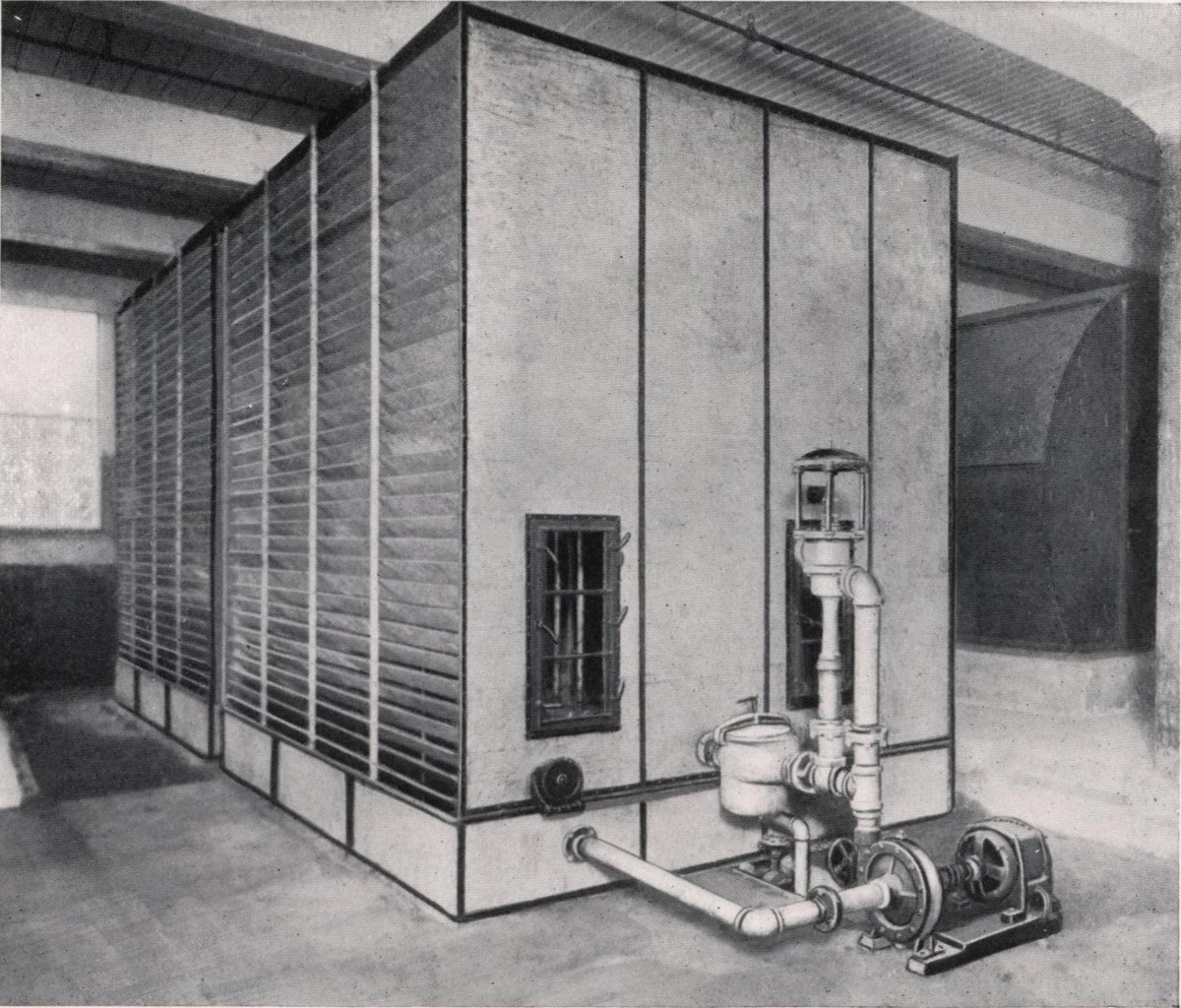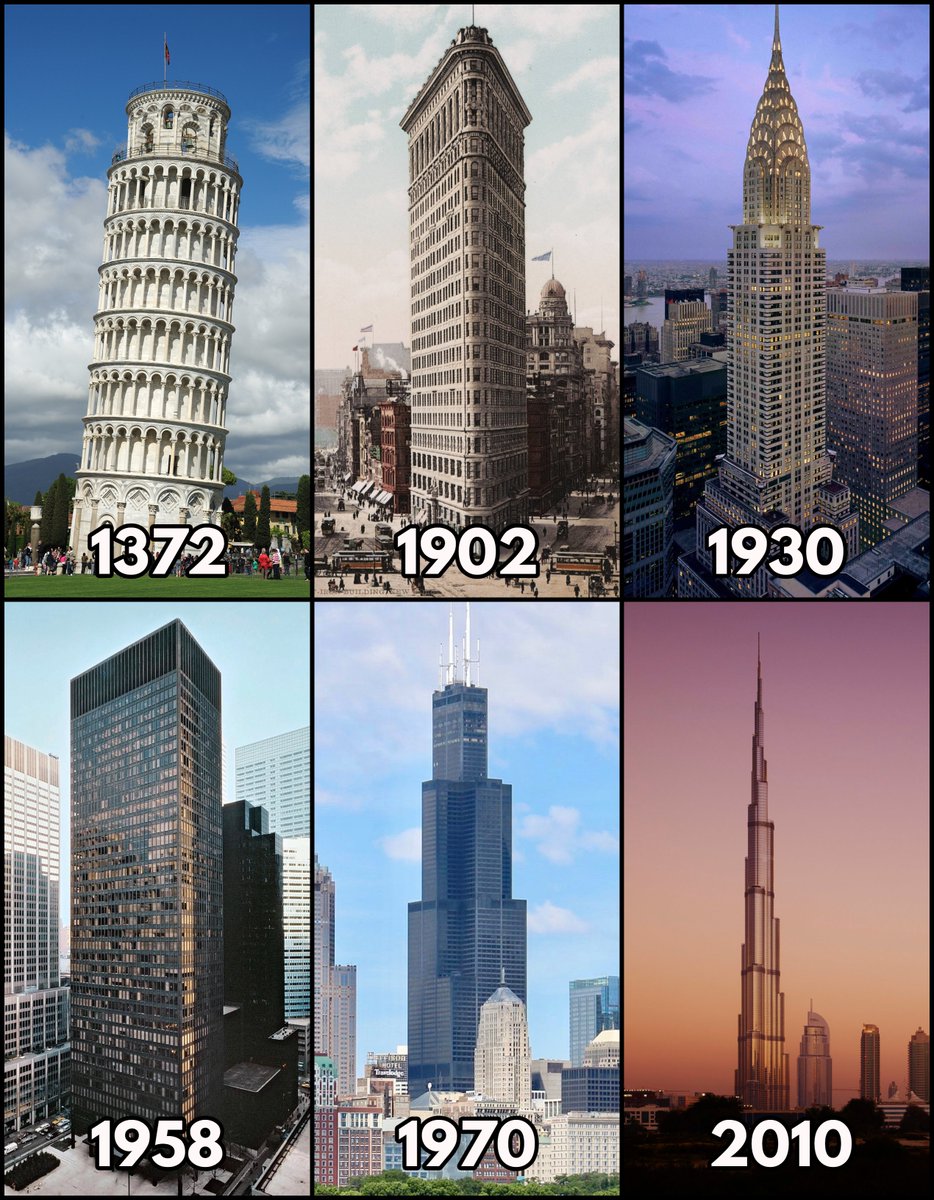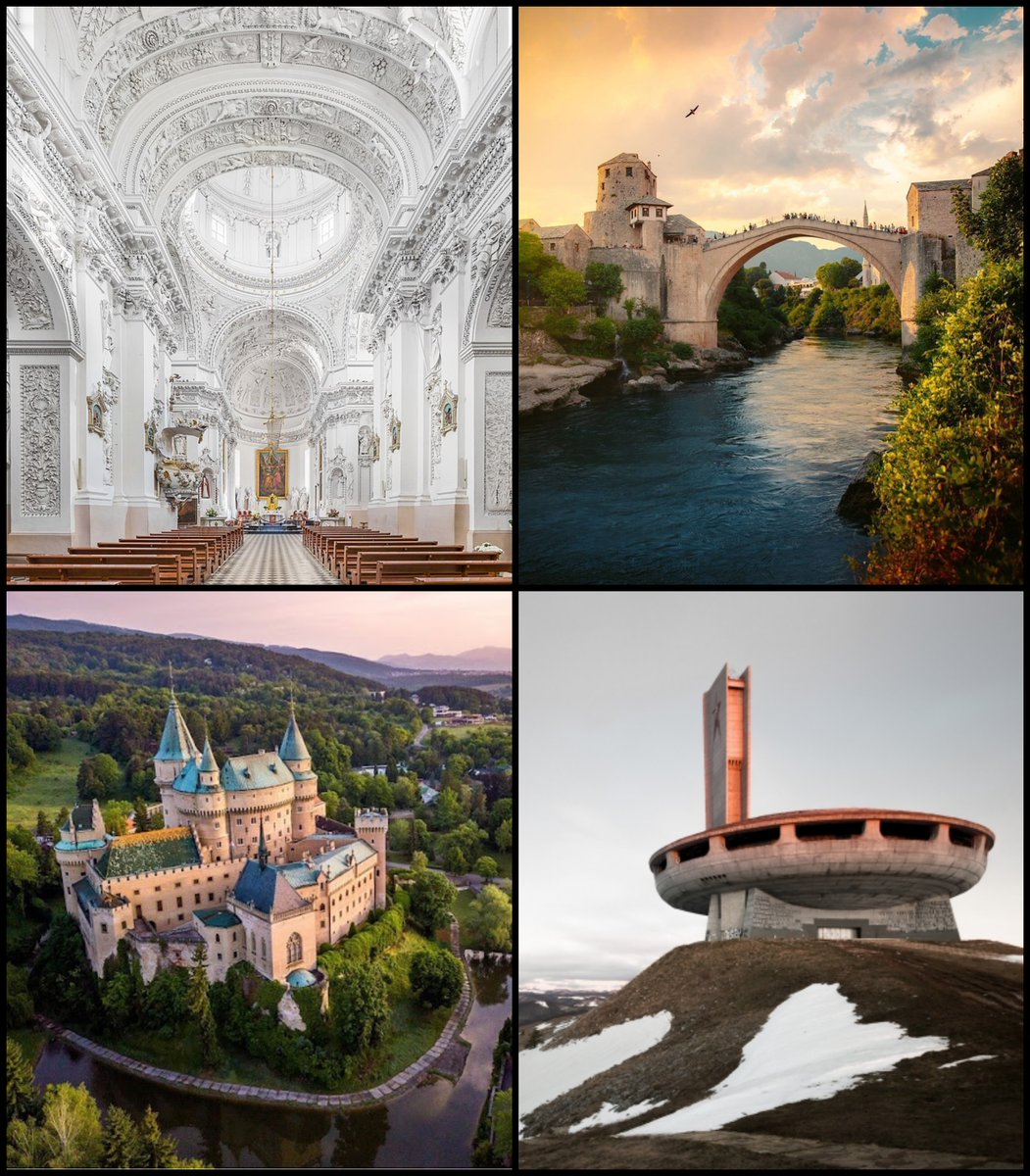When Vincent van Gogh started painting he didn't use bright colours — so what changed?
It's a story about the importance of what we consume and the people we spend time with...
It's a story about the importance of what we consume and the people we spend time with...

The year is 1881. A 27 year old former teacher and missionary from the Netherlands called Vincent van Gogh decides to try and become a full-time artist, after being encouraged by his brother Theo.
What does he paint? The peasants of the Dutch countryside where his parents lived.
What does he paint? The peasants of the Dutch countryside where his parents lived.

Vincent van Gogh's early work is almost unrecognisably different from the vibrant painter now so beloved around the world. Why?
Many reasons, though one of the most important is that he had been influenced by his cousin, the Realist painter Anton Mauve, who painted like this:
Many reasons, though one of the most important is that he had been influenced by his cousin, the Realist painter Anton Mauve, who painted like this:

Mauve tutored van Gogh in watercolours and oils and even lent him the money to set up a studio in the Hague.
And so in the early 1880s, under Mauve's guidance, van Gogh stuck to darker colours and a subdued, gritty, brooding, even grim sort of Realism.
And so in the early 1880s, under Mauve's guidance, van Gogh stuck to darker colours and a subdued, gritty, brooding, even grim sort of Realism.
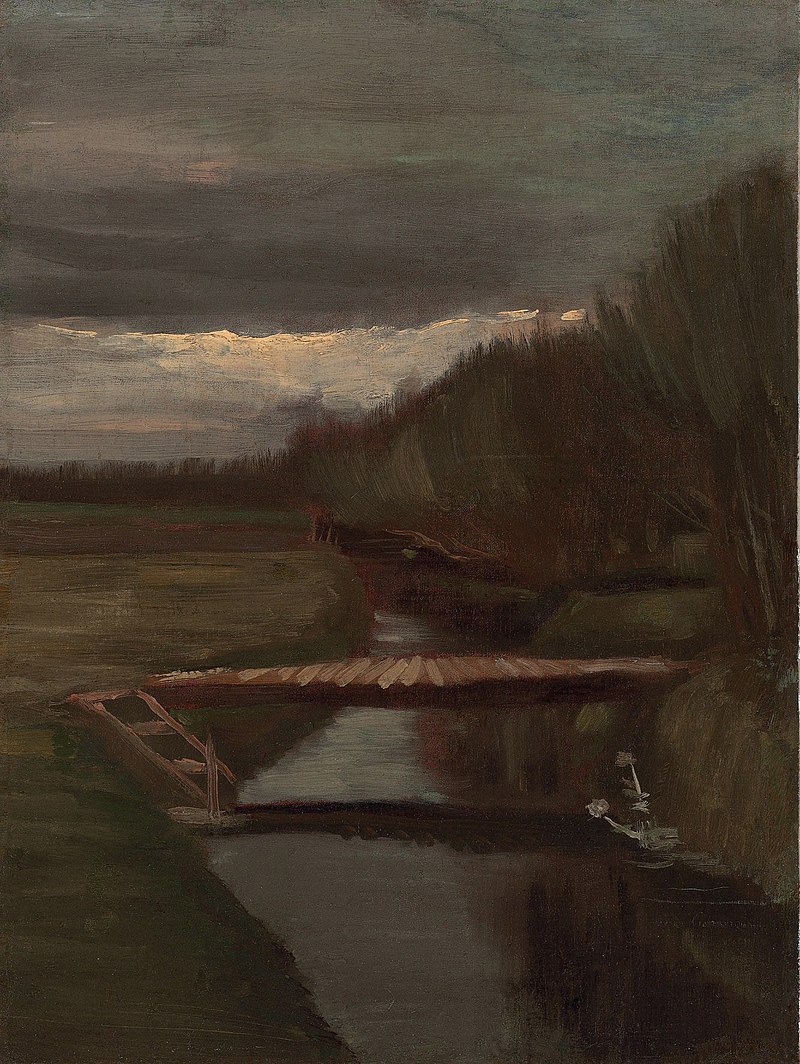
Toward the end of 1883 van Gogh, having fallen out with Mauve over his relationship with a prostitute, went to live with his parents in a town called Nuenen.
There he made over 200 paintings of the farms and peasants which so fascinated him, still in that rather gloomy style.
There he made over 200 paintings of the farms and peasants which so fascinated him, still in that rather gloomy style.
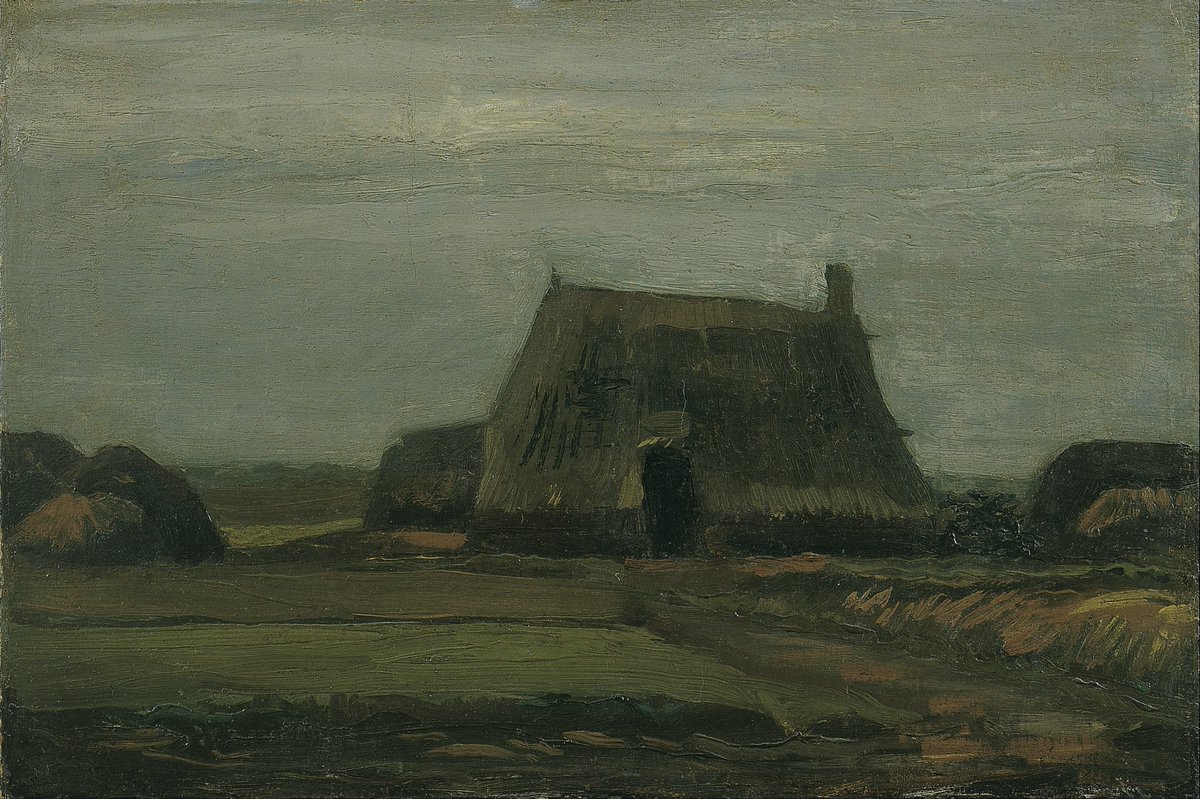
Theo had become an art dealer in Paris, and ever-supportive of his brother's dreams, tried to sell Vincent's work.
But people weren't interested; Theo said they were too dark and advised Vincent to explore the brighter colours of Impressionism, which was then in fashion.
But people weren't interested; Theo said they were too dark and advised Vincent to explore the brighter colours of Impressionism, which was then in fashion.
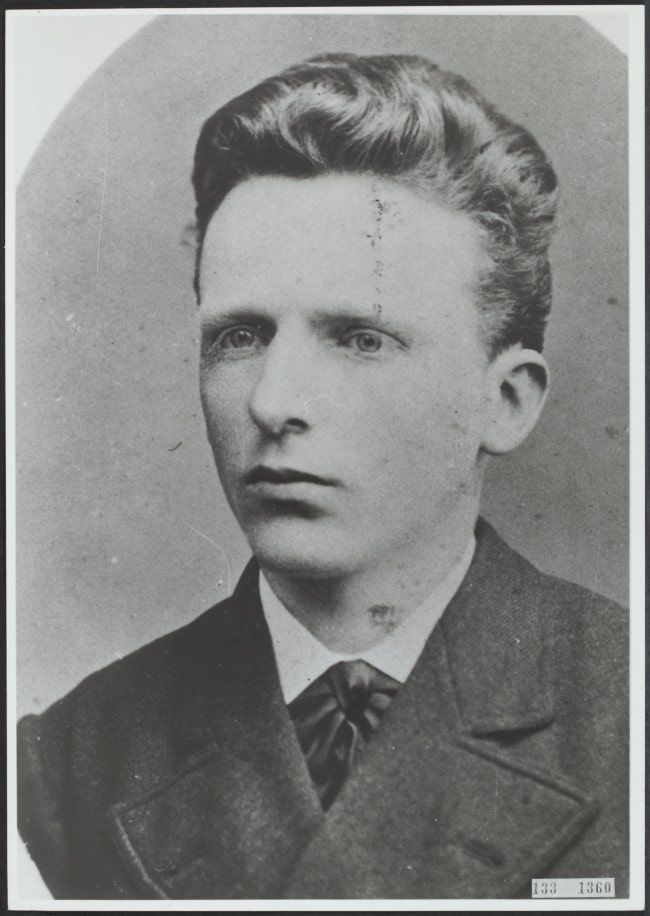
Well, van Gogh left his parents and went to Antwerp in Belgium, where he enrolled at the Academy of Fine Arts in 1886.
There, unsurprisingly, he clashed with the teachers and their preference for traditional methods of academic art; this was the sort of thing they painted:

There, unsurprisingly, he clashed with the teachers and their preference for traditional methods of academic art; this was the sort of thing they painted:
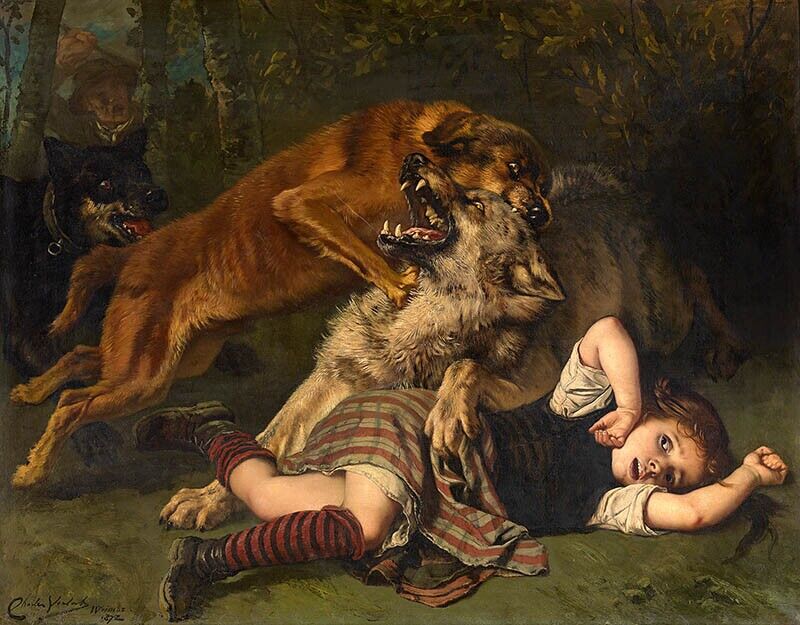
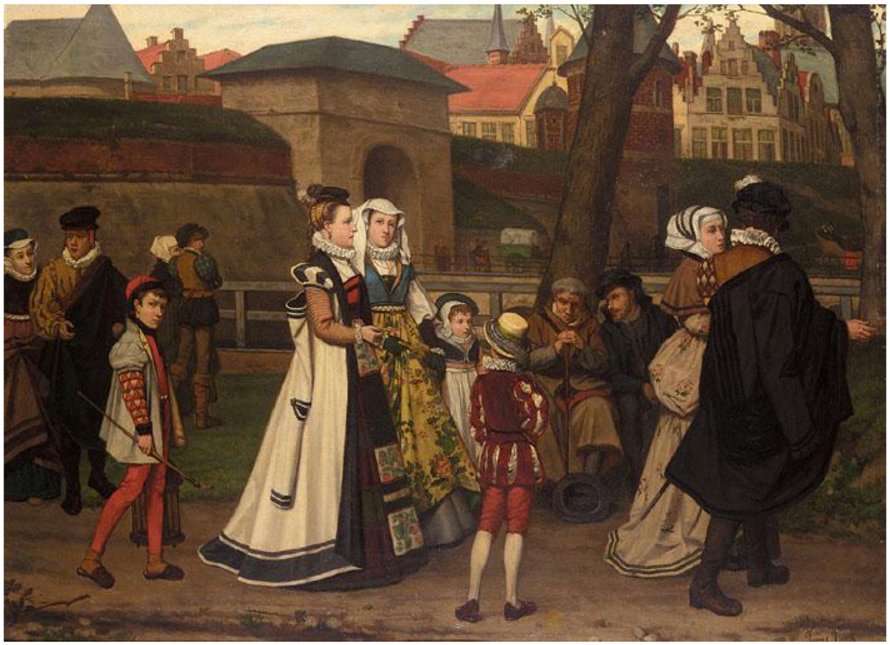
Though, in Antwerp, van Gogh was exposed to the art of the 17th century master Peter Paul Rubens, whose expressive use of colour and loose brushwork proved an immense influence on the novice Vincent.
His artistic worldview was expanding.
His artistic worldview was expanding.
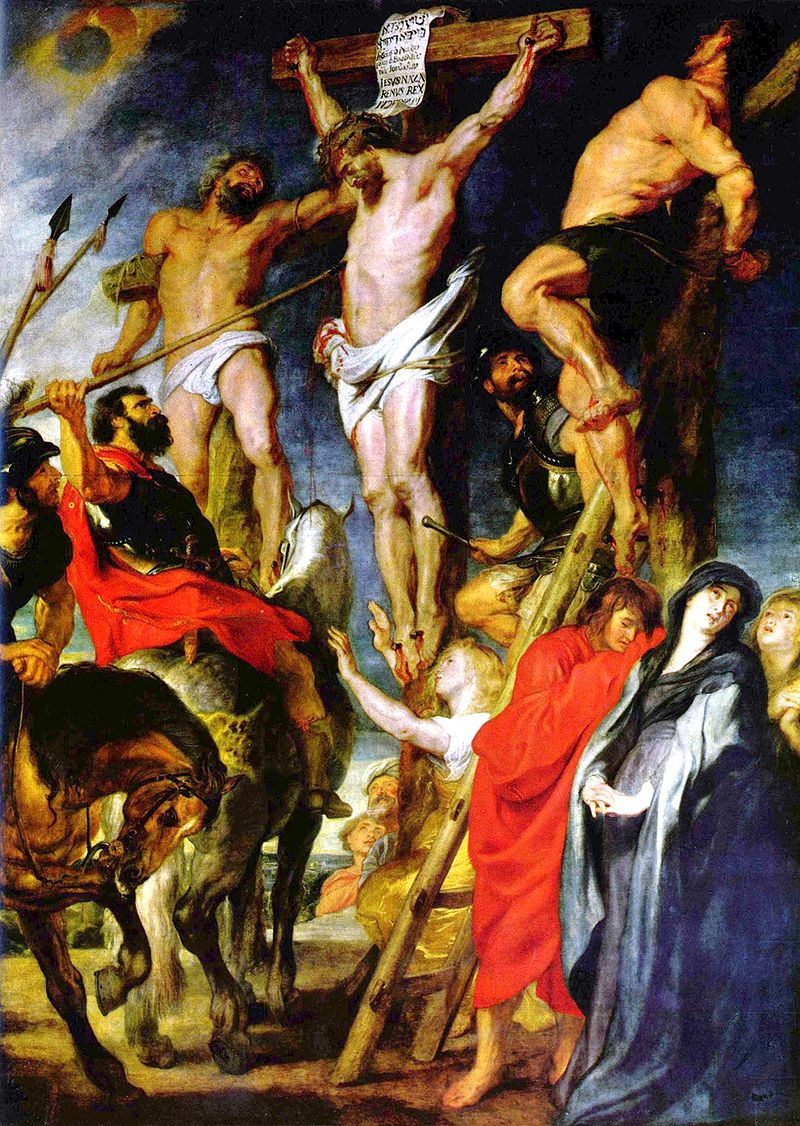
In 1886, after just three fruitless and frustrating months at the Academy, van Gogh left Antwerp and went to live in Paris with Theo, where they rented a flat together on the Rue Lepic.
Everything was about to change...
Everything was about to change...
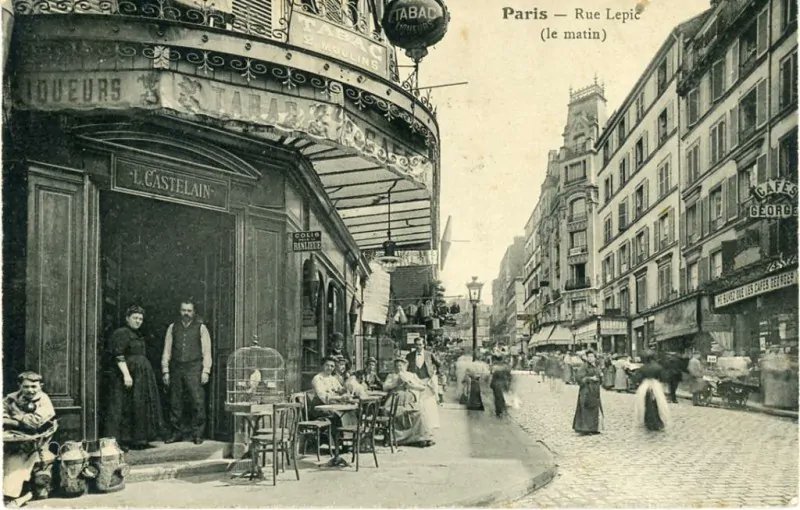
Theo was familiar with the Impressionists and Post-Impressionists working in Paris at the time, and he introduced Vincent to all of them.
He had suddenly become part of a thriving, rebellious, experimental community of artists. The dream must have seemed closer than ever.
He had suddenly become part of a thriving, rebellious, experimental community of artists. The dream must have seemed closer than ever.

While studying in Paris at the studio of a painter called Ferdinand Cormon van Gogh met Henri de Toulouse-Lautrec (later famous for his Art Nouveau posters), who made a portrait of him.
It's easy to see how the colourful art van Gogh was being exposed to influenced him.
It's easy to see how the colourful art van Gogh was being exposed to influenced him.
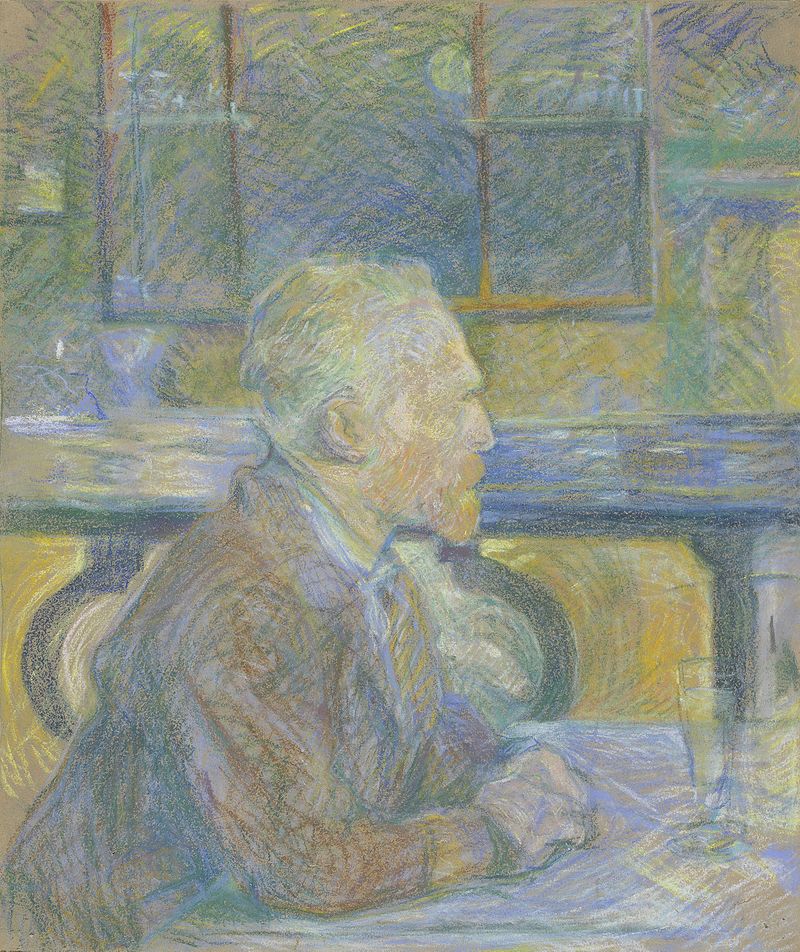
There was one painter in particular he admired, who died shortly after he came to Paris: Alphonse Monticelli.
Van Gogh wrote to the critic Albert Aurier that he owed everything to the flower paintings of Monticelli, and soon started painting flowers himself.

Van Gogh wrote to the critic Albert Aurier that he owed everything to the flower paintings of Monticelli, and soon started painting flowers himself.

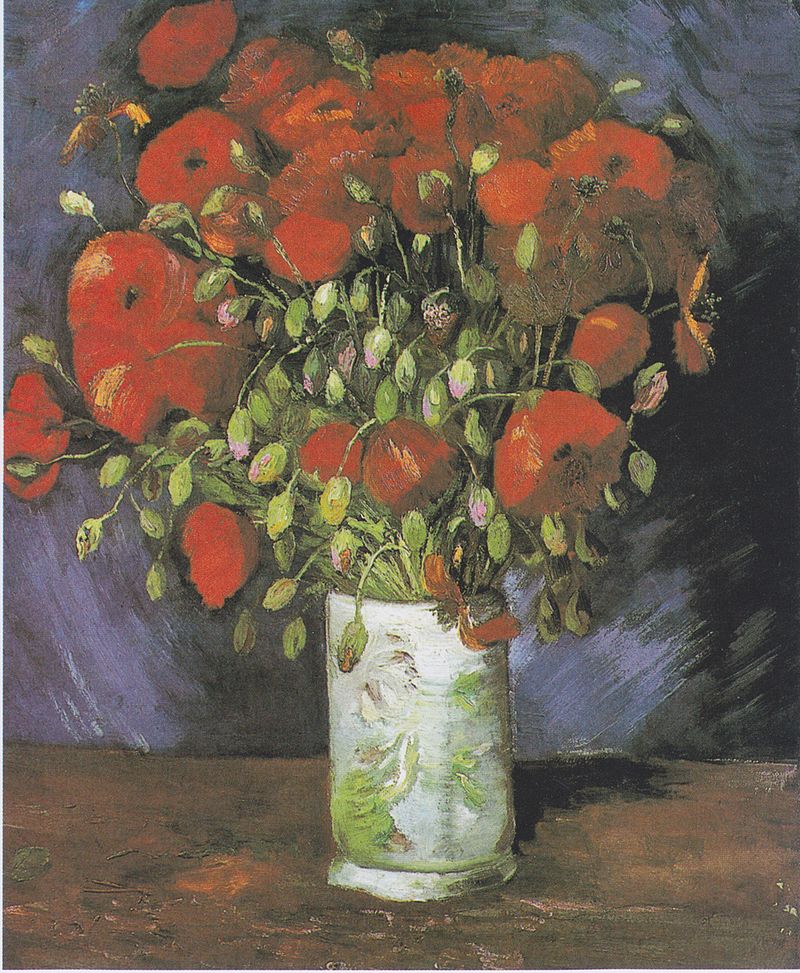
During two years in Paris van Gogh either worked alongside or learned about painters like Paul Gauguin, Georges Seurat, Paul Signac, Émile Bernard, Paul Cézanne... the list goes on.
All were at the forefront of modern art: this was a long way from Mauve and the Academy.



All were at the forefront of modern art: this was a long way from Mauve and the Academy.
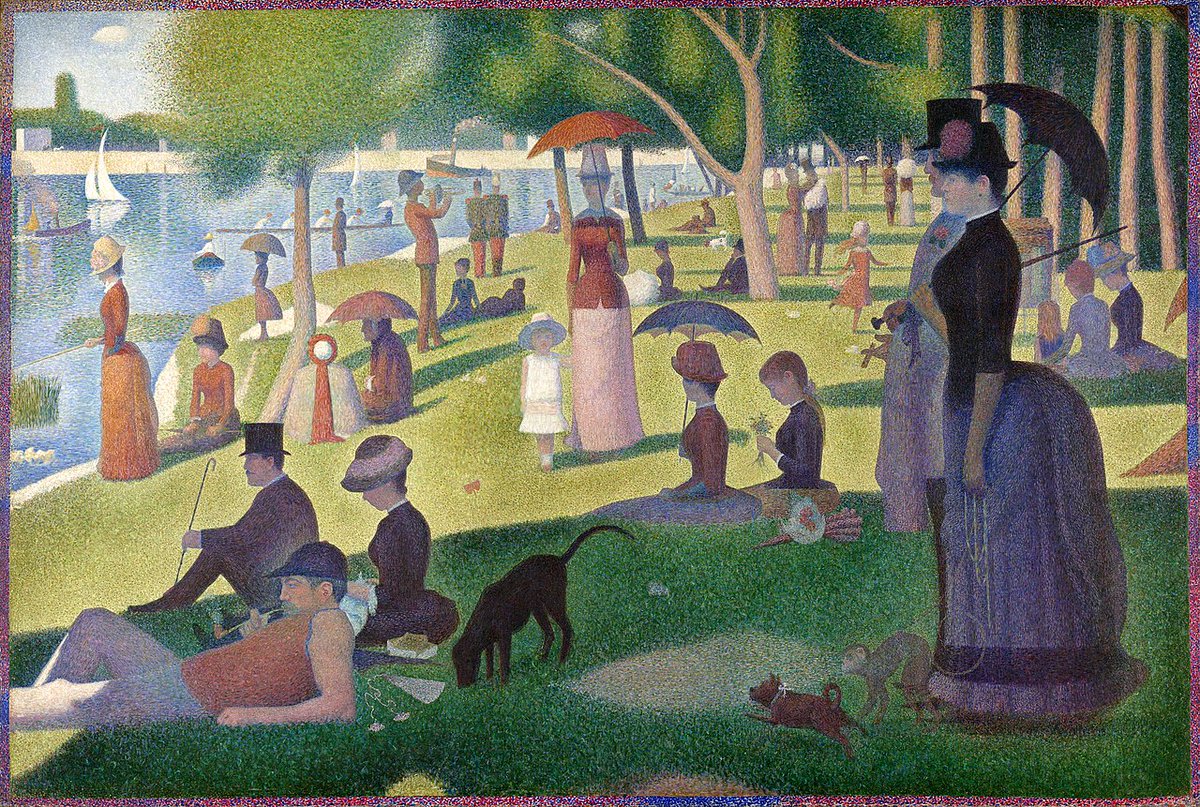
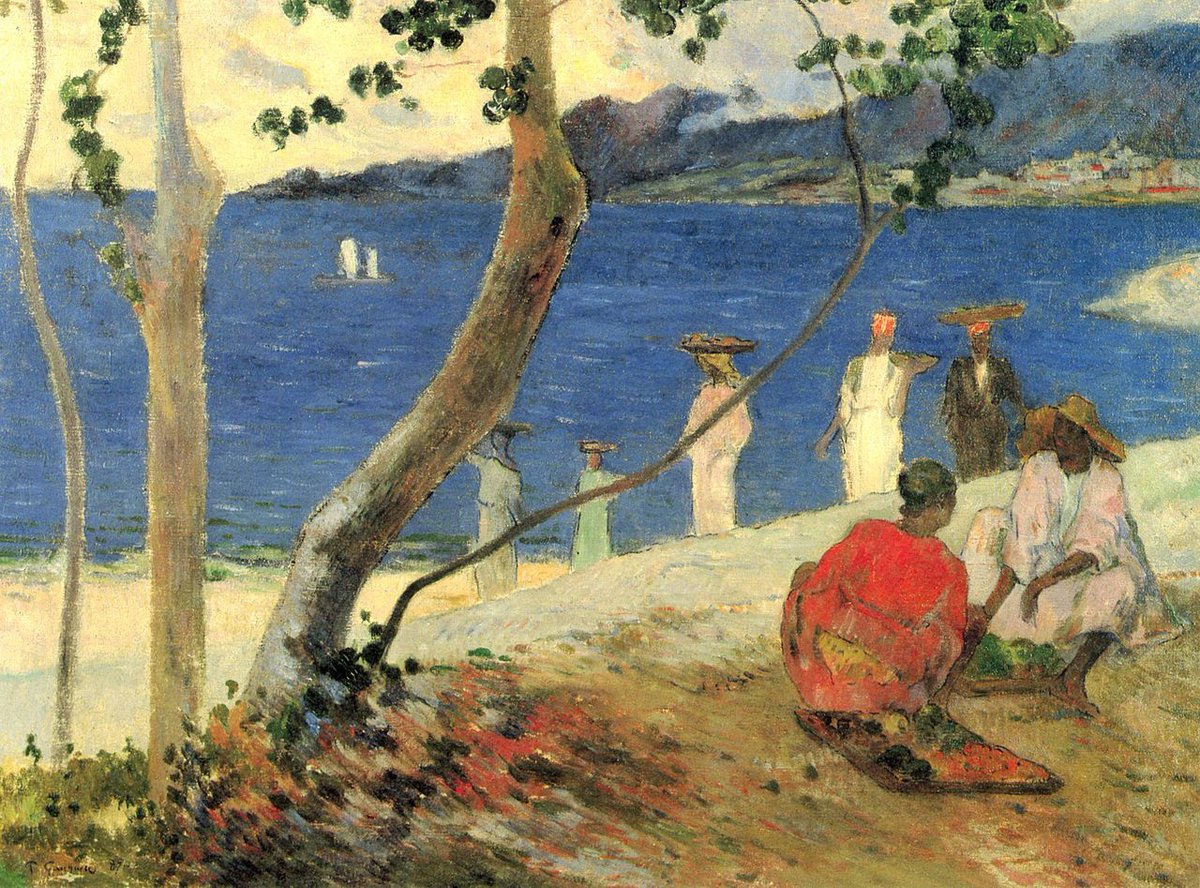
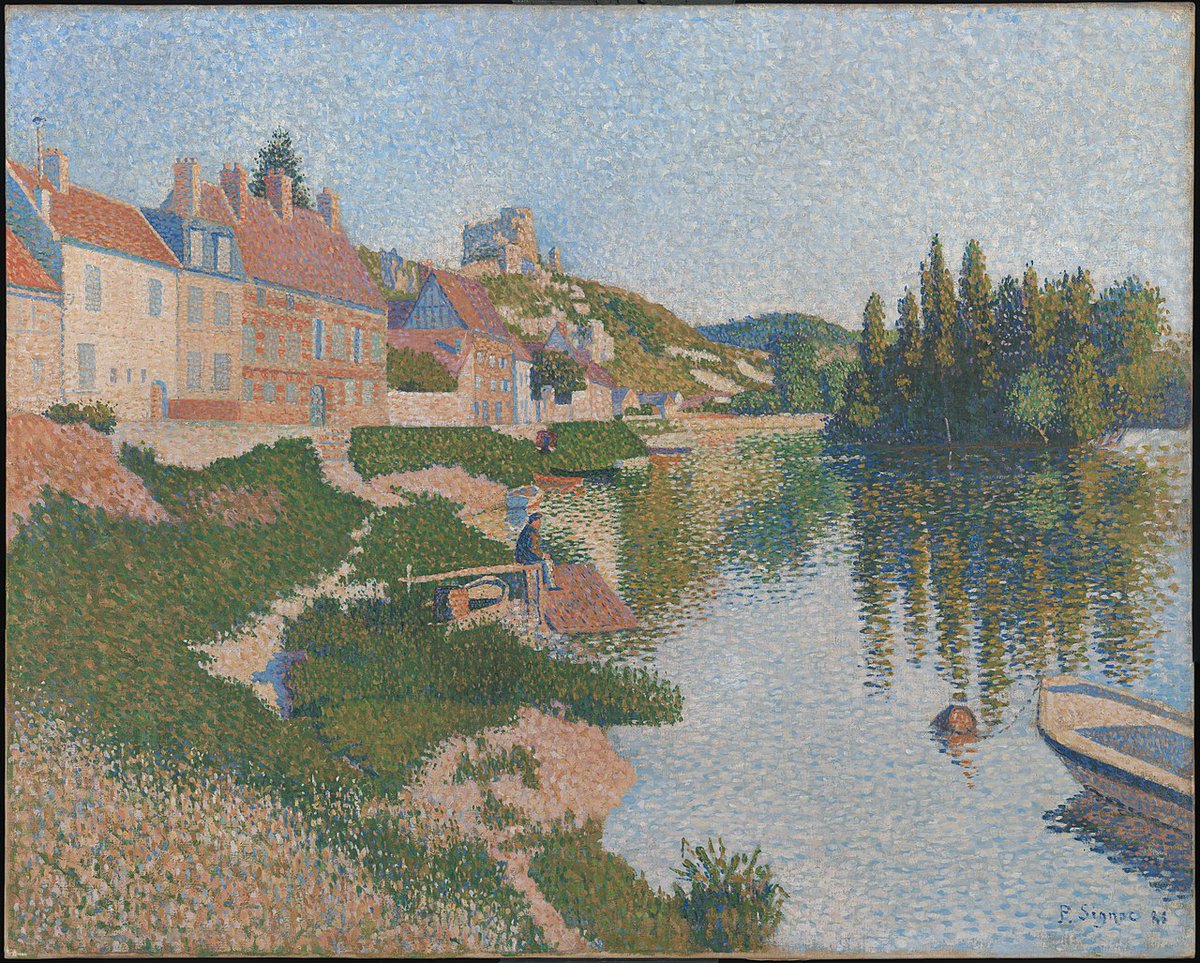
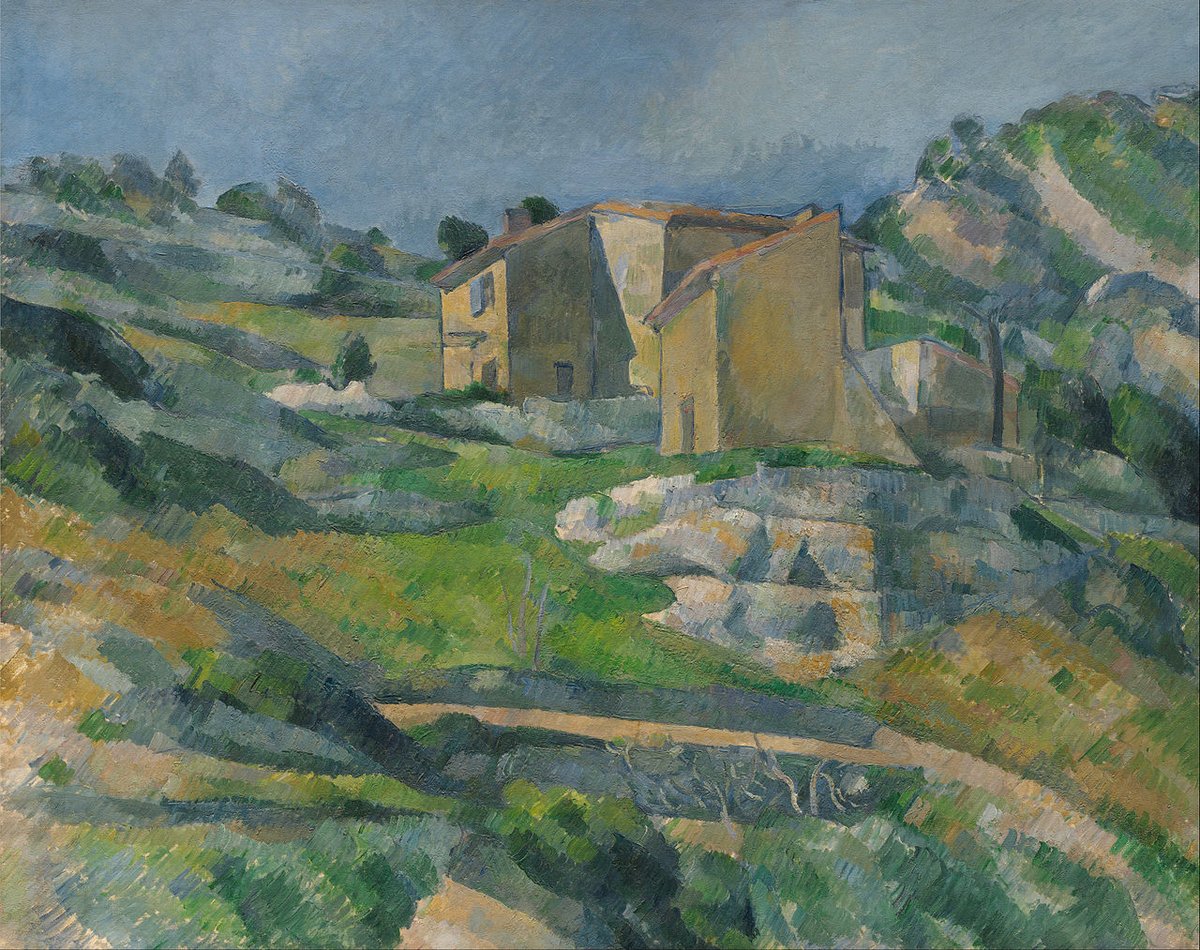
Whether through Pointillism or Cloisonnoism or Post-Impressionism - whatever we call these movements - van Gogh absorbed the lessons of his fellow artists and started applying them.
His work became bolder and more vibrant; colour was seeping in.
His work became bolder and more vibrant; colour was seeping in.
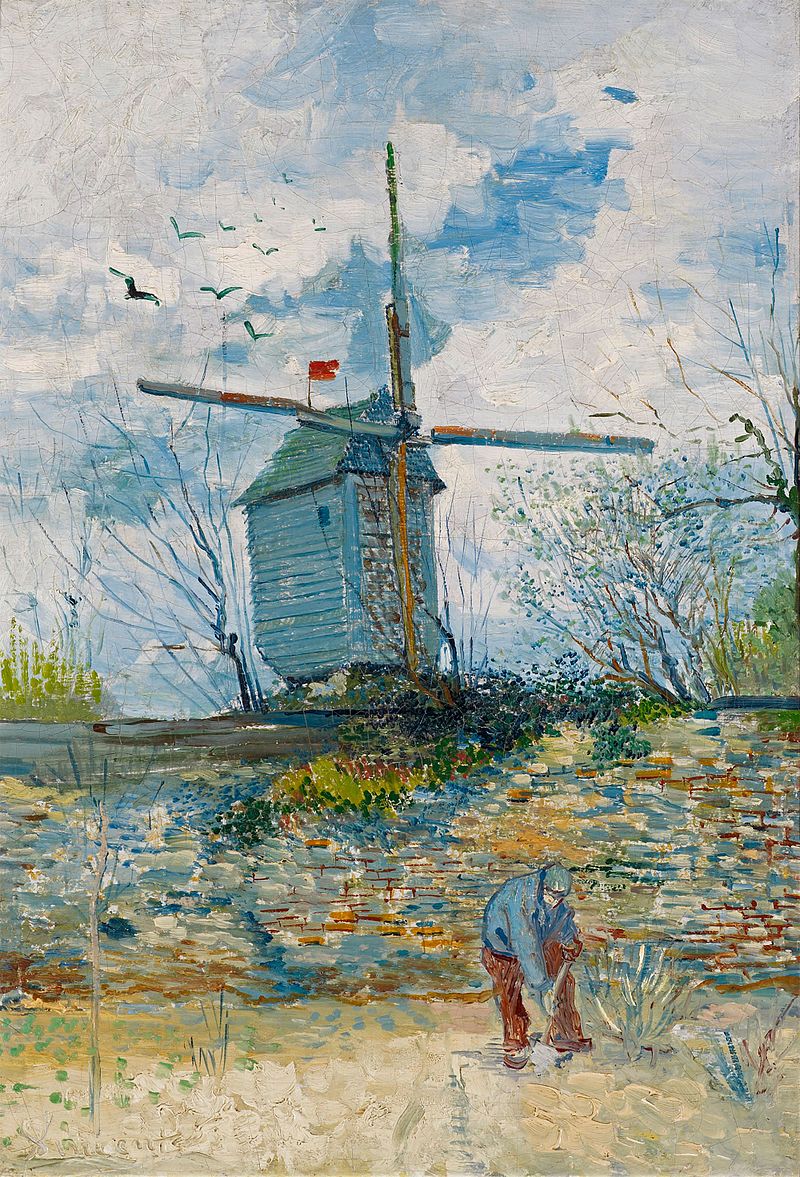
Another huge influence on van Gogh was Japanese art.
Japan had reopened its borders to international trade in 1854 and Europe was soon flooded with Japanese products, including ukiyo-e prints, the most famous of which is now Hokusai's Great Wave Off Kanagawa:
Japan had reopened its borders to international trade in 1854 and Europe was soon flooded with Japanese products, including ukiyo-e prints, the most famous of which is now Hokusai's Great Wave Off Kanagawa:
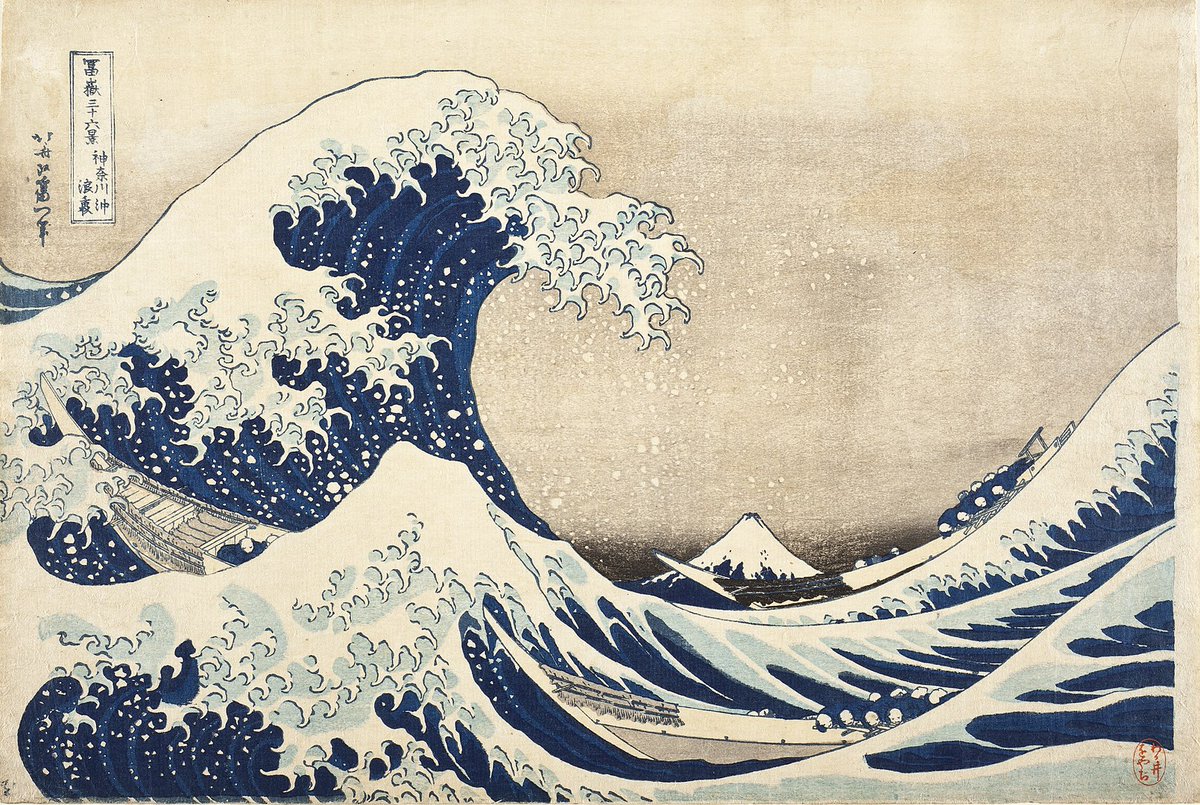
Ukiyo-e came from a totally different artistic tradition: they had bold colours, unusual perspectives, and depicted scenes from ordinary life - far from the Academic Art of Europe.
Van Gogh collected ukiyo-e voraciously, especially by Hiroshige, and even made copies of them:
Van Gogh collected ukiyo-e voraciously, especially by Hiroshige, and even made copies of them:

These artists used to gather at the shop of a man they called Père Tanguy, who was something like a father figure for them, or at the Café du Tambourin, run by Agostina Segatori.
They supported one another financially, held exhibitions, and (in the long run) changed art forever.

They supported one another financially, held exhibitions, and (in the long run) changed art forever.
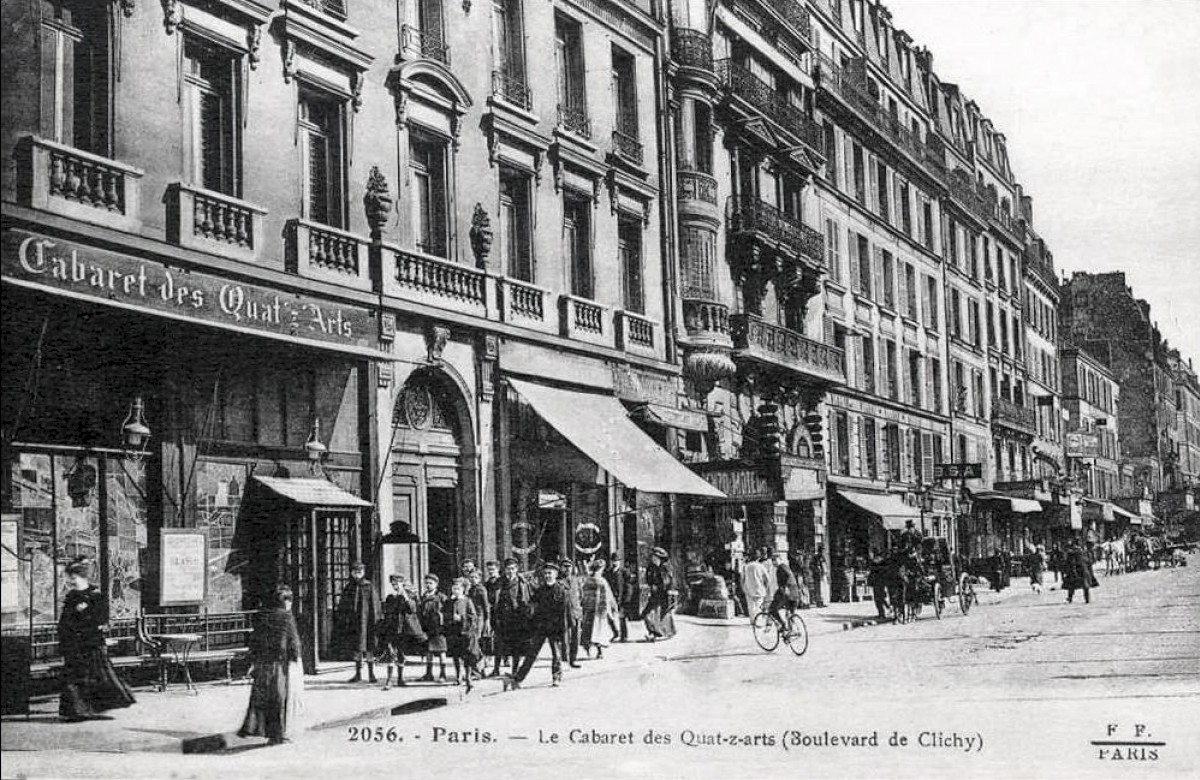

In August 1888 van Gogh left Paris for the town of Arles.
And there the artist now so famous finally emerged, irrevocably shaped by what he had learned in Paris. From the grim Realism of his early days to a world where colour reigned supreme:


And there the artist now so famous finally emerged, irrevocably shaped by what he had learned in Paris. From the grim Realism of his early days to a world where colour reigned supreme:
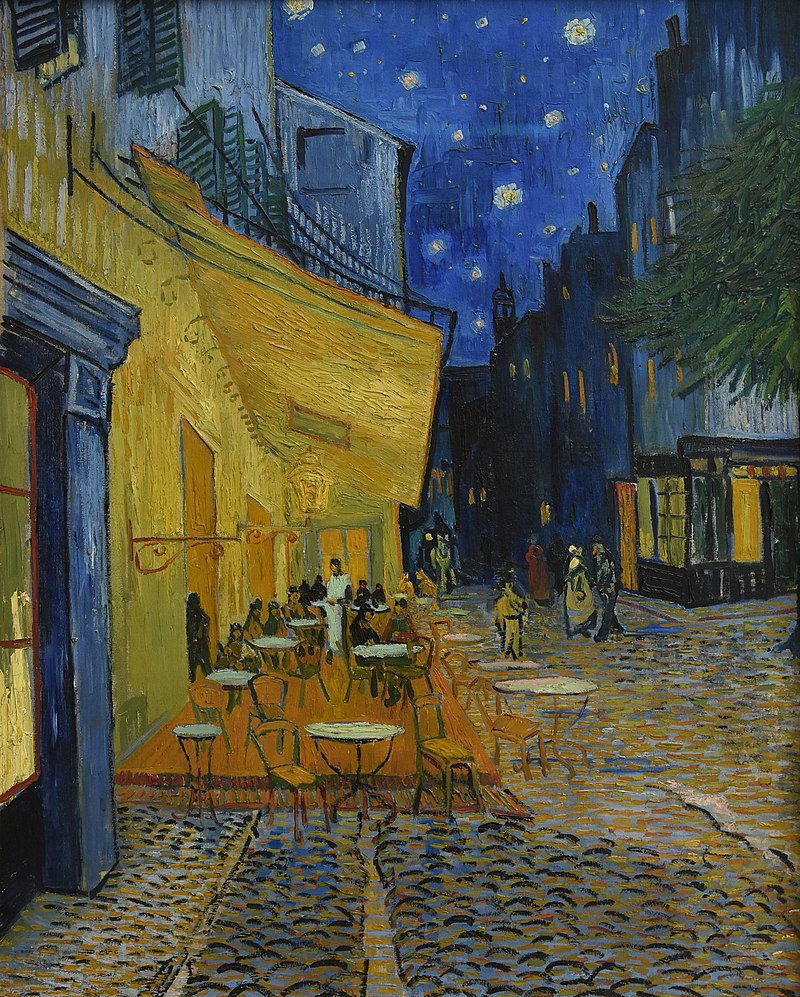
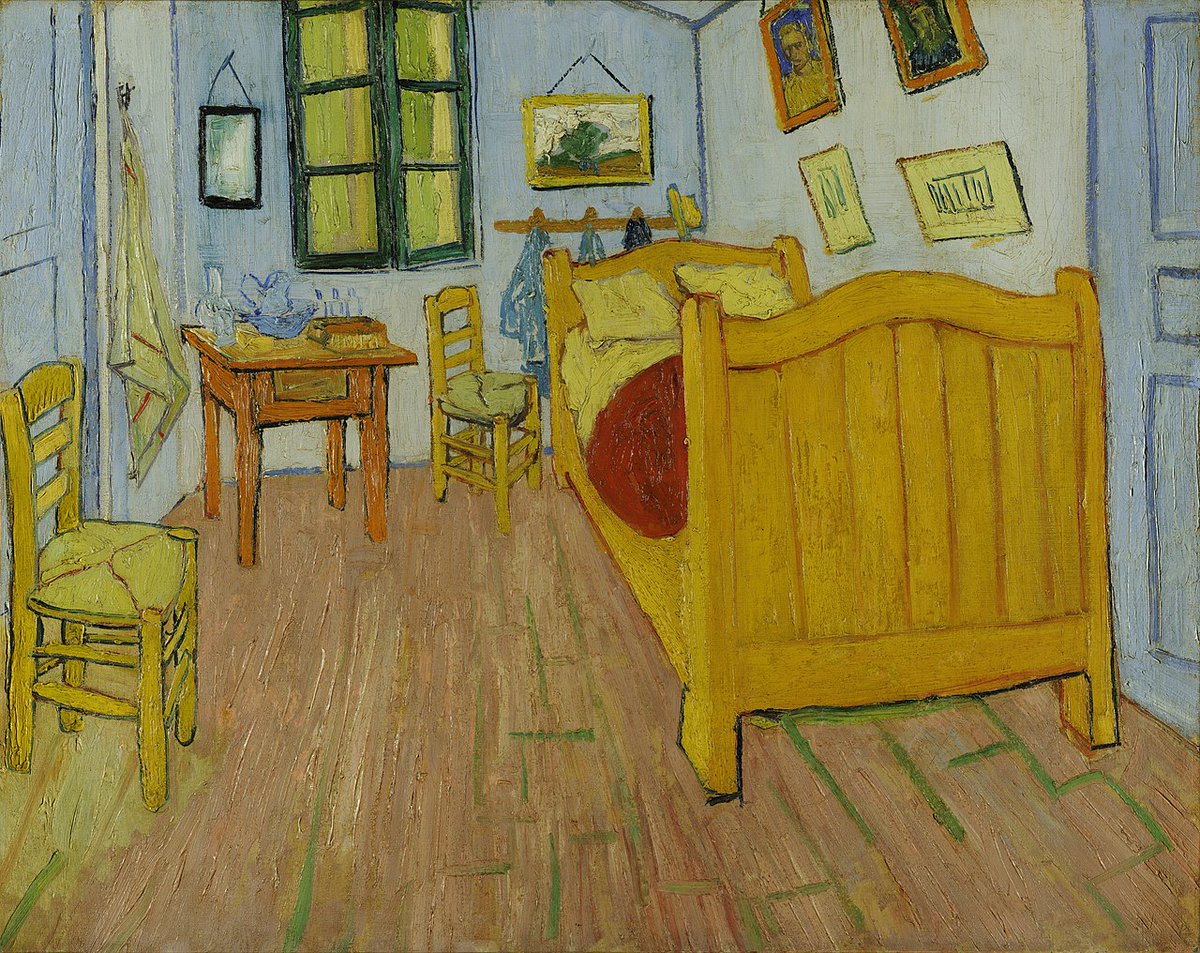

After leaving Arles van Gogh spent time in an asylum in Saint-Rémy and then moved to Auvers-sur-Oise.
It was then, in his last year, that his art became even more vibrant, in which not only colour but the very shape of things became miraculously, furiously expressive.



It was then, in his last year, that his art became even more vibrant, in which not only colour but the very shape of things became miraculously, furiously expressive.


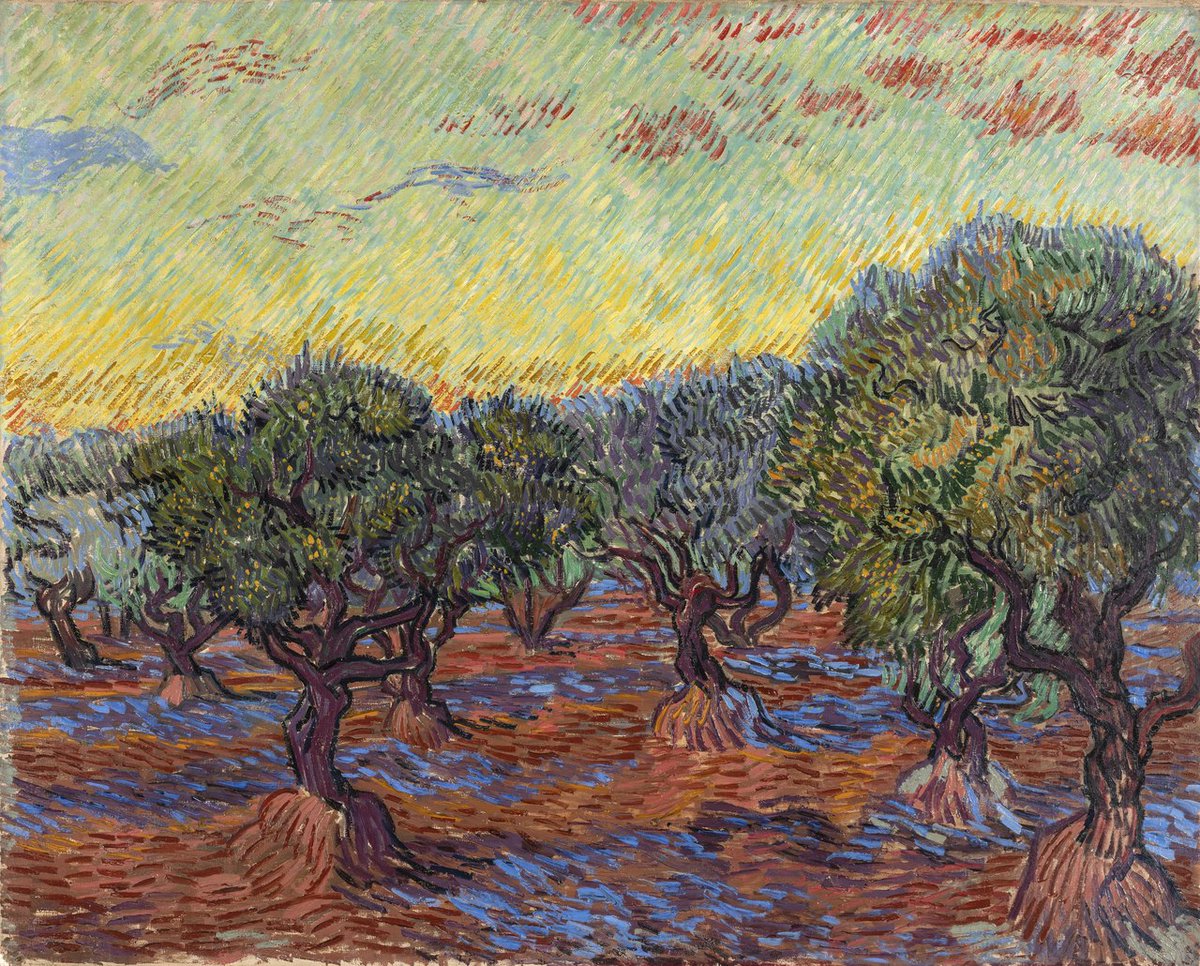
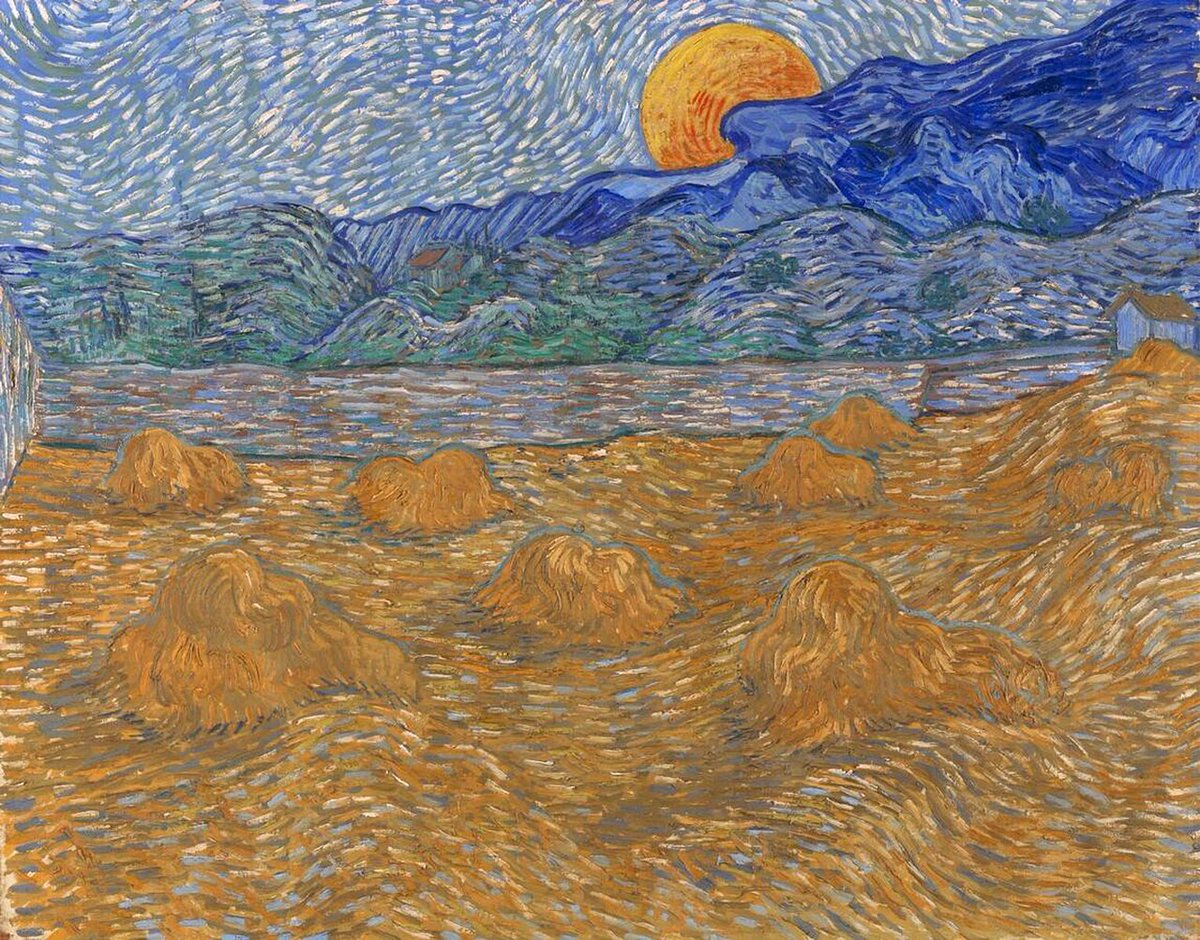
Vincent van Gogh died in 1890, but in those two years after leaving Paris he produced hundreds of paintings.
His devoted brother Theo died just a few months later, and it was partly thanks to the tireless efforts of Theo's wife, Jo, that van Gogh's legacy survived.
His devoted brother Theo died just a few months later, and it was partly thanks to the tireless efforts of Theo's wife, Jo, that van Gogh's legacy survived.
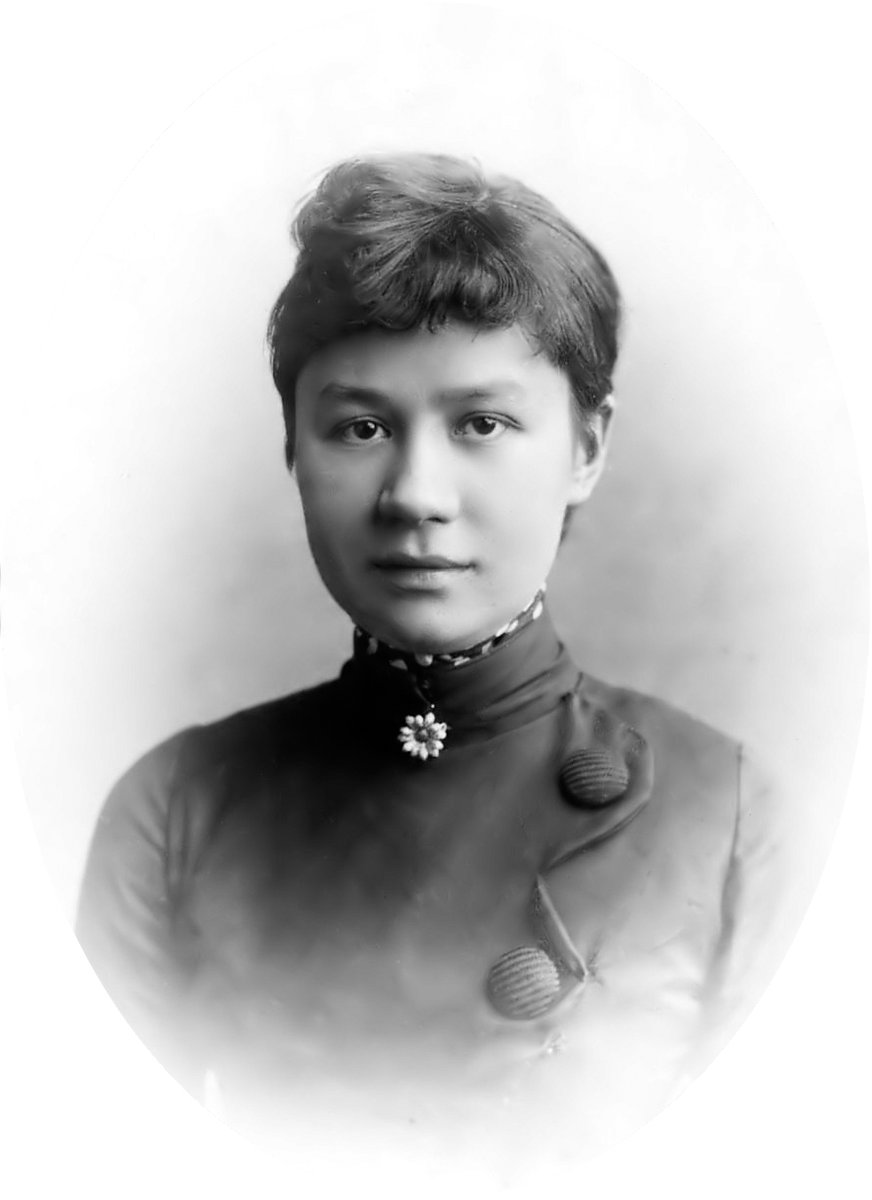
None of this is to detract from van Gogh's own special qualities as an artist, nor from the impact that his incessant psychological struggles had on his creative work.
But van Gogh's transition in style cannot be separated from the people he met and the art he saw and studied.

But van Gogh's transition in style cannot be separated from the people he met and the art he saw and studied.

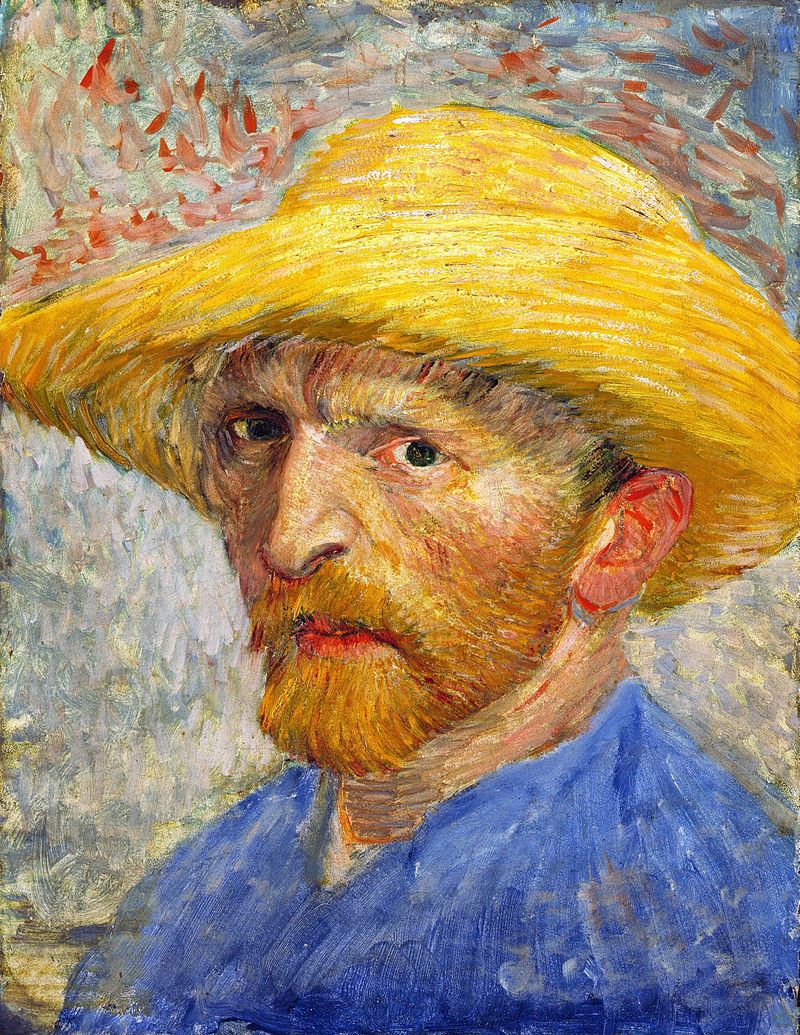
Without Mauve, Rubens, Hiroshige, Gauguin, Monticelli, and so many others whose art he learned from, nor without the support of Père Tanguy or Agostina Segatori, nor the devotion of Theo and the efforts of Jo, would the van Gogh now so beloved around the world have ever existed. 

And this isn't only about art.
The story of Vincent van Gogh's stylistic evolution is the story of how profoundly we are shaped by what we consume and the people we spend time with.
Something to ponder in the choices we make every day about those things...
The story of Vincent van Gogh's stylistic evolution is the story of how profoundly we are shaped by what we consume and the people we spend time with.
Something to ponder in the choices we make every day about those things...
This is the sort of thing I write about in my free, weekly newsletter.
Join 75k+ other readers and subscribe here to make your week a little more interesting, useful, and beautiful:
culturaltutor.com/areopagus
Join 75k+ other readers and subscribe here to make your week a little more interesting, useful, and beautiful:
culturaltutor.com/areopagus
• • •
Missing some Tweet in this thread? You can try to
force a refresh


